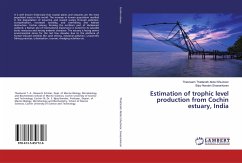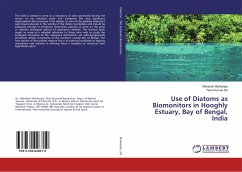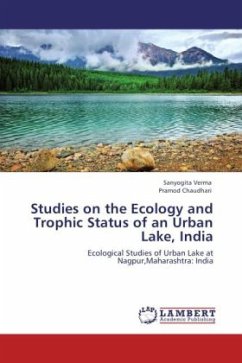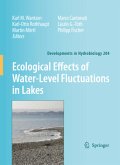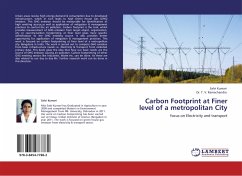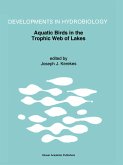It is well known historically that coastal plains and estuaries are the most populated areas in the world. The increase in human population resulted in the degradation of estuarine and coastal waters through pollution, eutrophication, increased turbidity, and overfishing and habitat destruction. Cochin estuary, forming the northern part of Vembanad wetland, a Ramsar site of international importance is noted for its valuable biotic resources and strong endemic character. The estuary is facing severe environmental stress for the last few decades due to the plethora of human-induced activities like sand mining, industrial pollution, unscientific fishing practices, urbanization, tourism, dredging activities etc.

